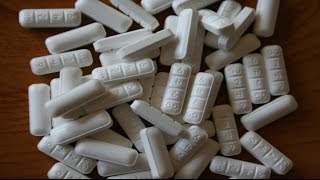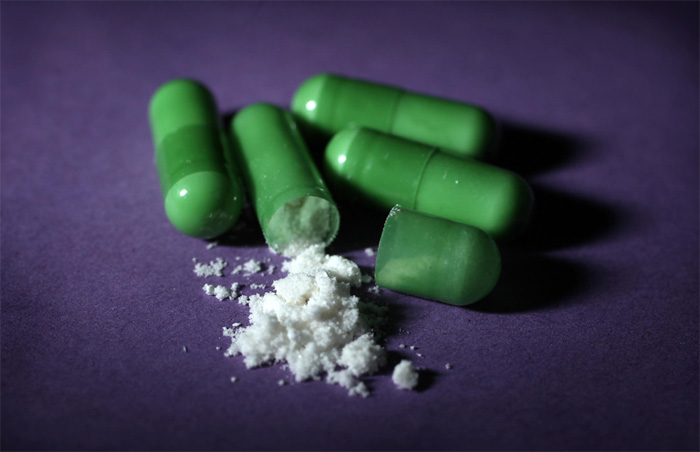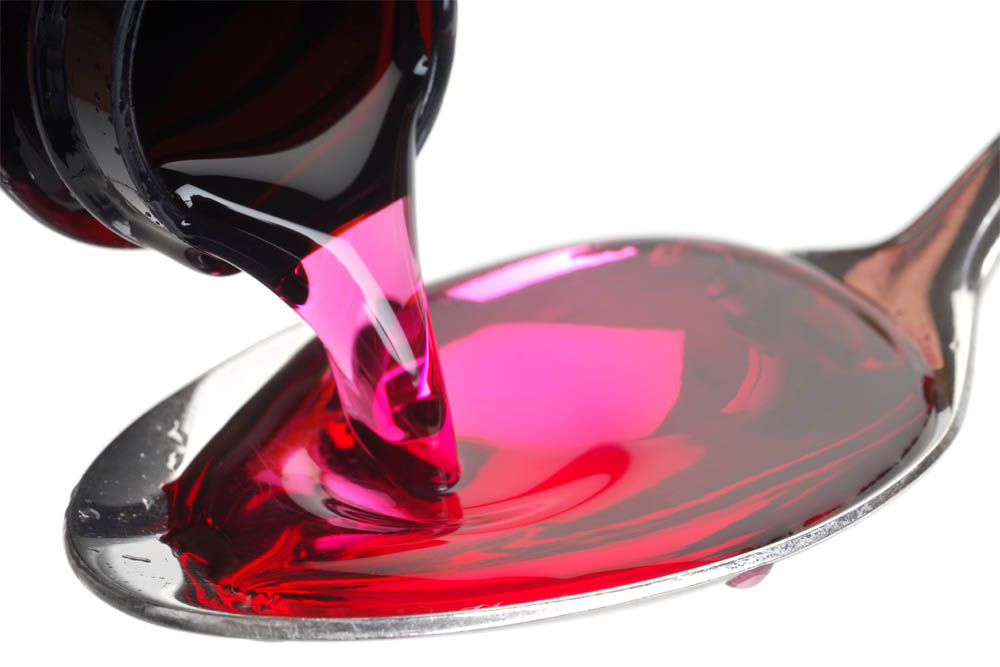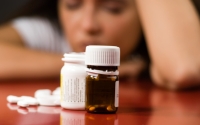The number of opiate users in treatment, aged 40 and over, has tripled in 12 years. In 2018, there were 75,000 over-40s ...
After the publication of a recent NHS report, doctors are warning that there is a risk of thousands of patients ending u...
The painkiller codeine is readily available in pharmacies across the UK. In low doses, it is available over-the-counter ...
With prescription drug addiction in the headlines recently after the death of pop legend Prince, more stories of people ...
Illegal drugs such as heroin and certain prescription medications are continuing to cause major problems for people arou...
At Addiction Helper we get many calls for people addicted to prescription drugs. Tramadol is one of the common presc...






